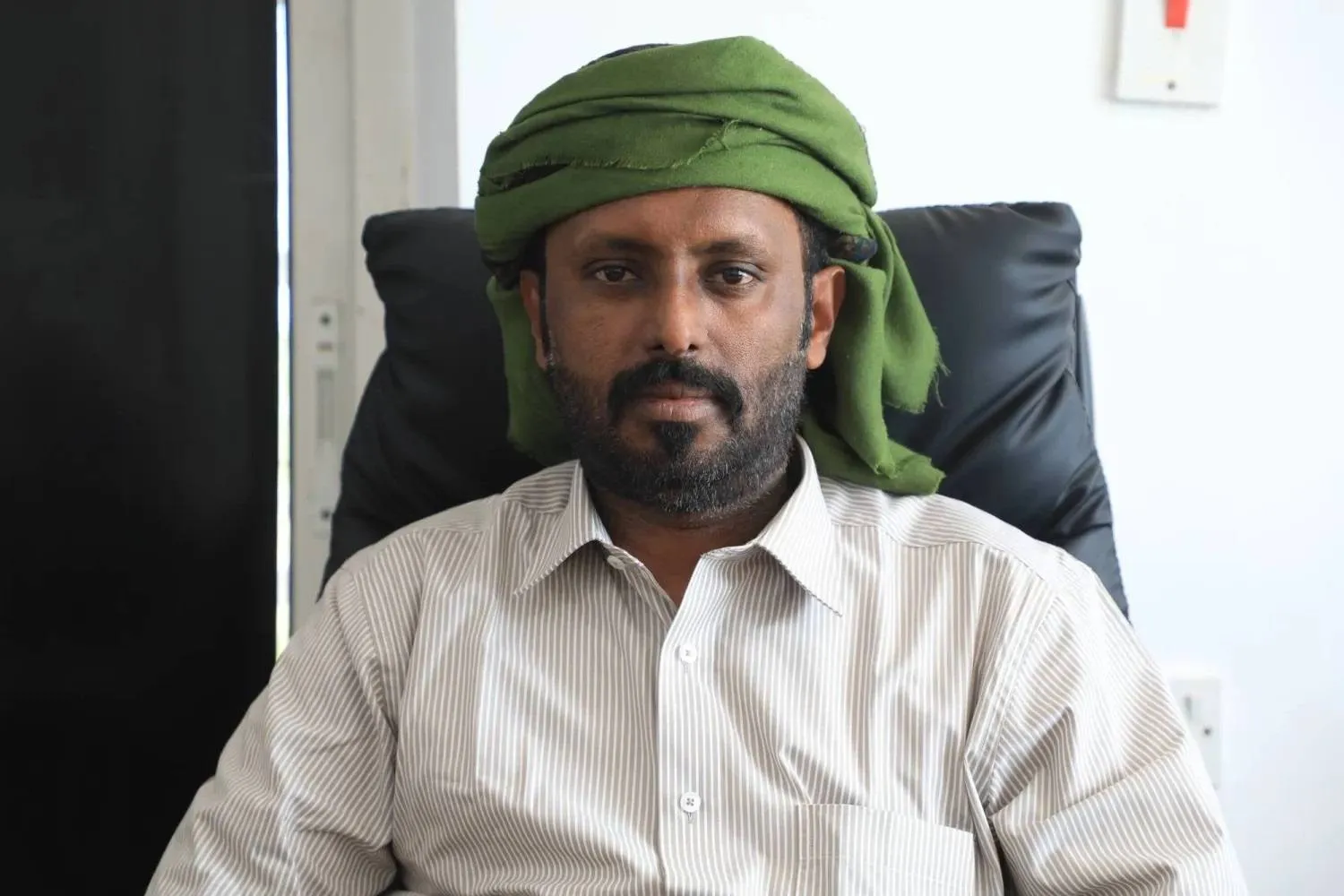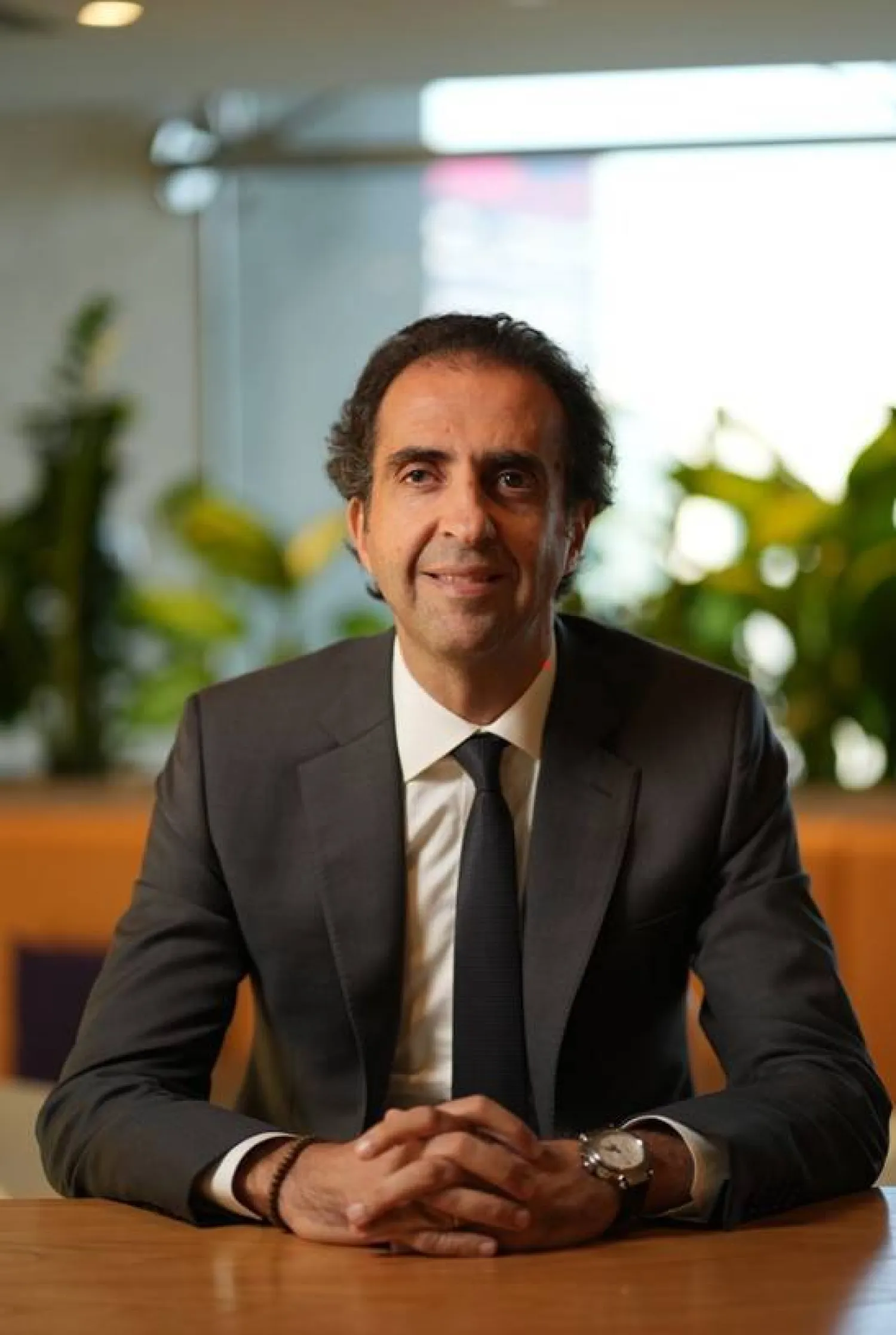Saudi Arabia’s Deputy Minister of Hajj and Umrah Abdulfattah Mashat affirmed that the ministry has used the same process as before the coronavirus pandemic to decide how many pilgrims will be allowed from each country.
The goal is to bring back the number of pilgrims to what it was before the pandemic. He also stressed that this season is special and that all the necessary services are ready at the holy sites.
Mashat, in an interview with Asharq Al-Awsat, confirmed the existence of precautionary plans to handle any health or organizational emergencies that might occur this Hajj season.
These plans are a part of Saudi Arabia’s ability to manage crowds and handle important information.
The deputy minister also disclosed that relevant authorities in the Kingdom have received many requests to participate in the “Makkah Route Initiative,” and these requests are currently under review by the Interior Ministry.
Regarding company classification, Mashat stated that this year, the categorization of service providers will be based on customer satisfaction using evaluation forms that have been developed on one of the important post-Hajj platforms.
He pointed out that opportunities have been given to several leading hospitality companies to offer their competitive services.
Mashat emphasized that companies that fall short will be held accountable, and that there are mechanisms in place to compensate pilgrims for any shortcomings they may experience.
The deputy minister asserted that this year’s Hajj season is different.
Early readiness was ensured for all services, as well as integration, coordination, and harmony among all the plans of the participating entities in the Hajj process.
According to Mashat, there is significant collaboration between the Ministry of Hajj and Umrah and all relevant authorities, working together to develop a coordinated working plan through the bureau of operational follow-up and the Central Hajj Committee.
The Committee is responsible for continuous monitoring of all Hajj-related operational activities.
Mashat clarified that early preparation is a crucial part of the organization process, in line with the Ministry of Hajj's strategy. This was evident in the various services offered to both domestic and international pilgrims.
Domestic pilgrims had access to all packages through a local platform, while international pilgrims from Europe, America, Australia, and Canada were able to access the “Nusuk Hajj” platform online in advance.
Mashat also described the Nusuk Hajj platform as one of the most important programs aimed at pilgrims from Europe, America, and Australia. Launched several months ago, the platform has facilitated the issuance of over 20,000 visas for prospect pilgrims.
In a conversation about what sets apart the Hajj season 2023 from previous years, Mashat emphasized a remarkable highlight: the triumphant comeback of pilgrim numbers to their pre-pandemic levels.
While the deputy minister did not directly disclose the exact number, statistics from the General Authority for Statistics (GASTAT) estimate that the number of pilgrims in the year 2019 exceeded 2.4 million.
At that time, the number of domestic pilgrims was approximately 634,000, including around 211,000 Saudi pilgrims and about 423,000 residents of the Kingdom with valid permits.
Regarding the Makkah Route Initiative and its significance, Mashat said: “We have received numerous requests from several countries to join the initiative, and the specialized committee, led by the Ministry of Interior, is thoroughly studying all of these requests.”
Mashat also discussed epidemics and how to deal with them.
“With the end of the (coronavirus) pandemic, there are proactive and preventive precautionary plans in place to handle any health or organizational emergencies that may arise during this season,” he told Asharq Al-Awsat.
Mashat stressed that Saudi Arabia’s extensive experience has led to the creation of exceptional crowd management models.
The Kingdom has the ability to tackle any scenario, making its approach unparalleled worldwide.










